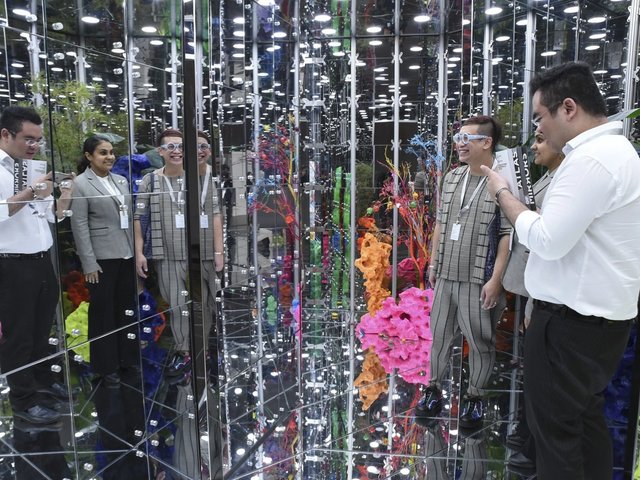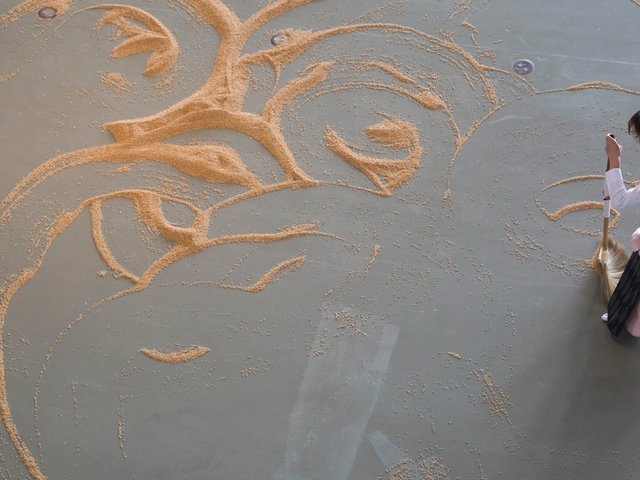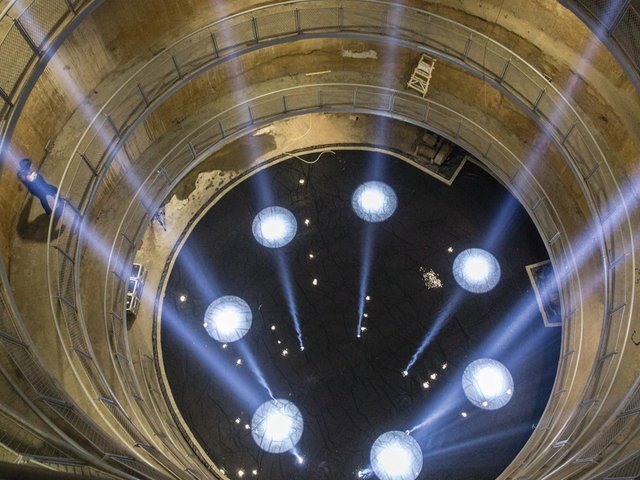The international tourism campaign “Malaysia Truly Asia” promotes the country as a multicultural paradise, proud of its natural wonders and its world-class shopping centres and business facilities. It makes much of Malaysia’s food, festivals and historic buildings, but what about contemporary art?
Like many other aspects of Malaysia, the contemporary art scene is complex, young, and hungry for international recognition. It is also, like most other cultural activities, affected by the legacy of the country’s New Economic Policy. Introduced in 1971 in response to race riots in 1969, the policy established the social and institutional separation of the majority, indigenous Malay (Bumiputera) people and non-Indigenous groups—principally people of Chinese and Indian descent—right down to the creation of different art schools. Although the policy has ostensibly been superseded by the National Development Policy and National Vision Policy, Malaysia remains a country with complex ethnic and religious divides.
Political artists
Growing Islamicisation among the Malay population, together with active censorship, affects many aspects of cultural life. Meanwhile, the draconian Internal Securities Act, introduced in the 1960s and which authorises the imprisonment of anyone considered a threat to the government without trial for two years, is still in force. Artists who wish to make political art, work in an environment of considerable constraint.
The conundrum is perfectly illustrated by Malay artist, Noor Azizan Rahman Paiman (b.1970). His series The Code was shown at Galeri Seni Maya in the capital Kuala Lumpur, in 2005 before its inclusion in the 5th Asia Pacific Triennial. These works depicted public figures disguised as cartoon characters, monsters and anti-heroes, mixed with quotes from government-approved tabloids. They were a cocktail of implied satire laced with paranoia, careful to stay just on the right side of the censorship line.
Paiman himself is emphatic that he is not an activist. He says: “The perception of [what is] political [is imposed by] the viewer. I am Malay…[culturally] for me this is a polite way of expressing myself.” But at the internationally-focused Asia Triennial he was presented as “controversial” and “playing with politics and social mores”. Paiman’s work suggests that contemporary Malaysian art has to exist on two levels, capable of being read differently domestically and internationally.
A similar “double-think” can be observed in the work of an artist of Chinese descent, Wong Hoy Cheong (b.1960), who was born and works in Malaysia but studied in the US. His work addresses race, migration and class. Other examples of semi-covert, political comment can be seen in Hayati Mokhtar and Dain-Iskandar Said’s multi-screen projection Near Intervisible Lines for the 2006 Sydney Biennale and Yee I-Lann’s montage-portraits, Malaysiana (2002) and Sulu Stories (2005), shown at last year’s Singapore Biennale. These artists speak of having hybrid identities: born in Malaysia, educated overseas, and now shown internationally.
Public and private galleries
From the1970s to the 1990s the National Art Gallery/NAG (Balai Seni Lukis Negara) in Kuala Lumpur, established in 1958, was the leading art institution. Seminal exhibitions included “Vision and Idea: ReLooking Modern Malaysian art” (1994) and the series “Young Contemporaries in Review: 1974-97”: it was the first time that Malaysian museums hosted surveys of national contemporary art. Sadly the NAG today is a shadow of its progressive former self, dilapidated, with leaking roof, poor collections management and little curatorial vision.
In the face of flagging government interest in visual arts, as demonstrated by the NAG’s decline, commercial and independent art spaces now nurture contemporary practice. Young and dynamic, (the first commercial gallery opened in 1996) it is led by a quartet: Valentine Willie Fine Art Gallery, Taksu, XOAS Gallery and Wei-Ling Gallery, all in Kuala Lumpur.
Despite Malaysia’s rapidly growing middle-class, the price of Malaysian art remains low, especially when compared with neighbouring Singapore. The effect of these commercial ventures is that they have taken Malaysian art beyond its borders, building a strong international profile in the region. It is a trend that coincides with the proliferation of Asian biennales: the Fukuoka Asian Art Triennial, Gwangju, Singapore, Shanghai, and the Asia Pacific Triennial.
Valentine Willie Fine Art and Taksu have also bought the work of foreign artists to Kuala Lumpur, encouraging dialogue and stimulating critical debate. This international exposure has influenced the work of many young Malaysian artists, such as sculptor Abdul Multhalib Musa and Sharon Chin. It has also led to artists inspired by the artist-activism of Indonesia and a neo-grunge graffiti-style fashionable in international circles, which can be seen in the work of Saiful Razman, Ise and Ahmad Shukri Mohamed, among others.
There is also a growing number of alternative spaces and collectives: Matahati, Gudang, Rimbun Dahan, Rumah Air Panas, Artis Pro Activ, Reka, and Lost Generation’s Notthatbalai festival, some probing the edges of censorship, others offering new dialogue with digital media, performance and installation. Combined with a flourishing indie film industry and experimental theatre, these activities are contributing to the establishment of a contemporary voice, albeit a slightly muzzled one. It is a scene developing its own strengths and sense of identity, and thus an exciting one to watch.
Originally appeared in The Art Newspaper as ‘Censorship, ethnic separation and Islamicisation make the artist’s life edgy'




